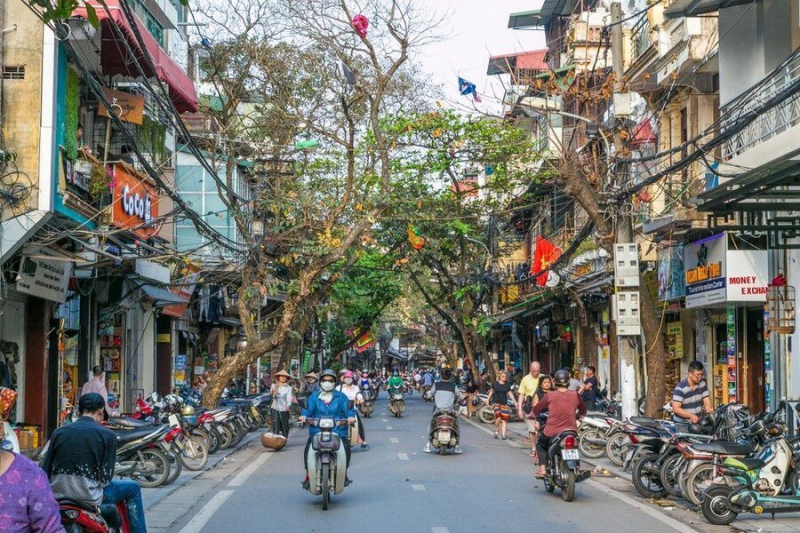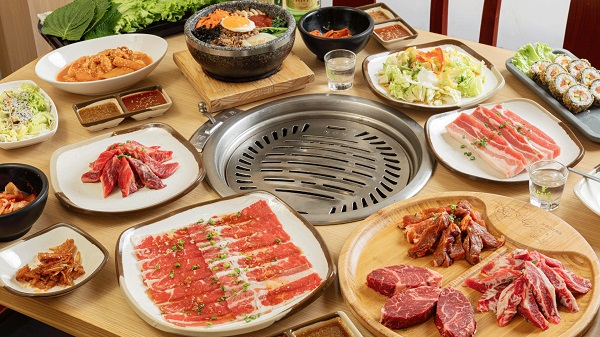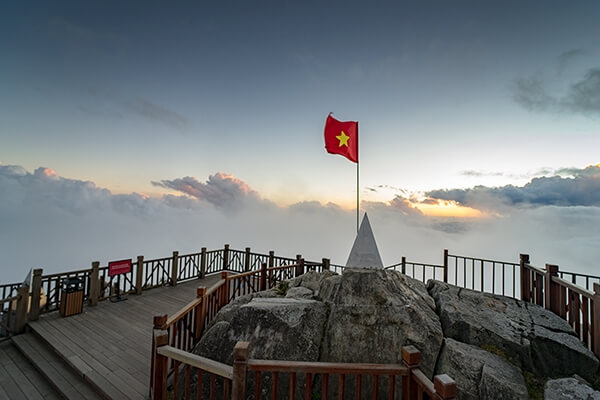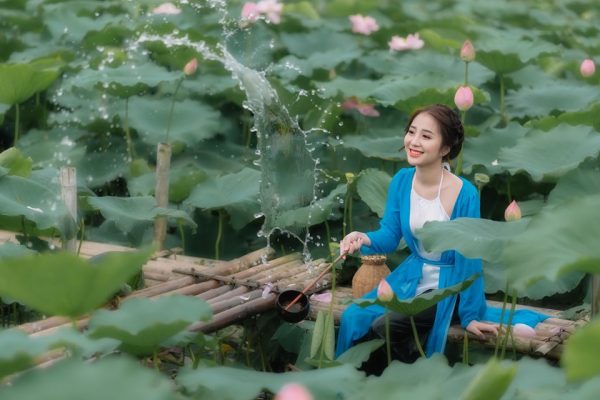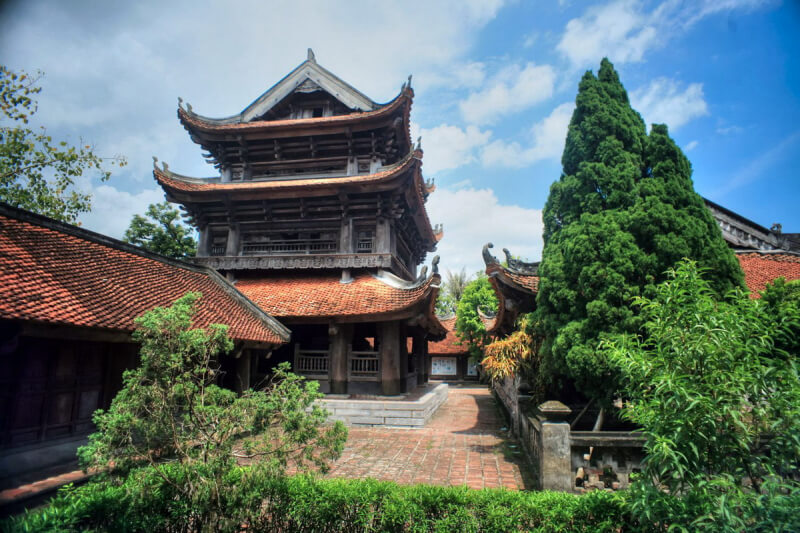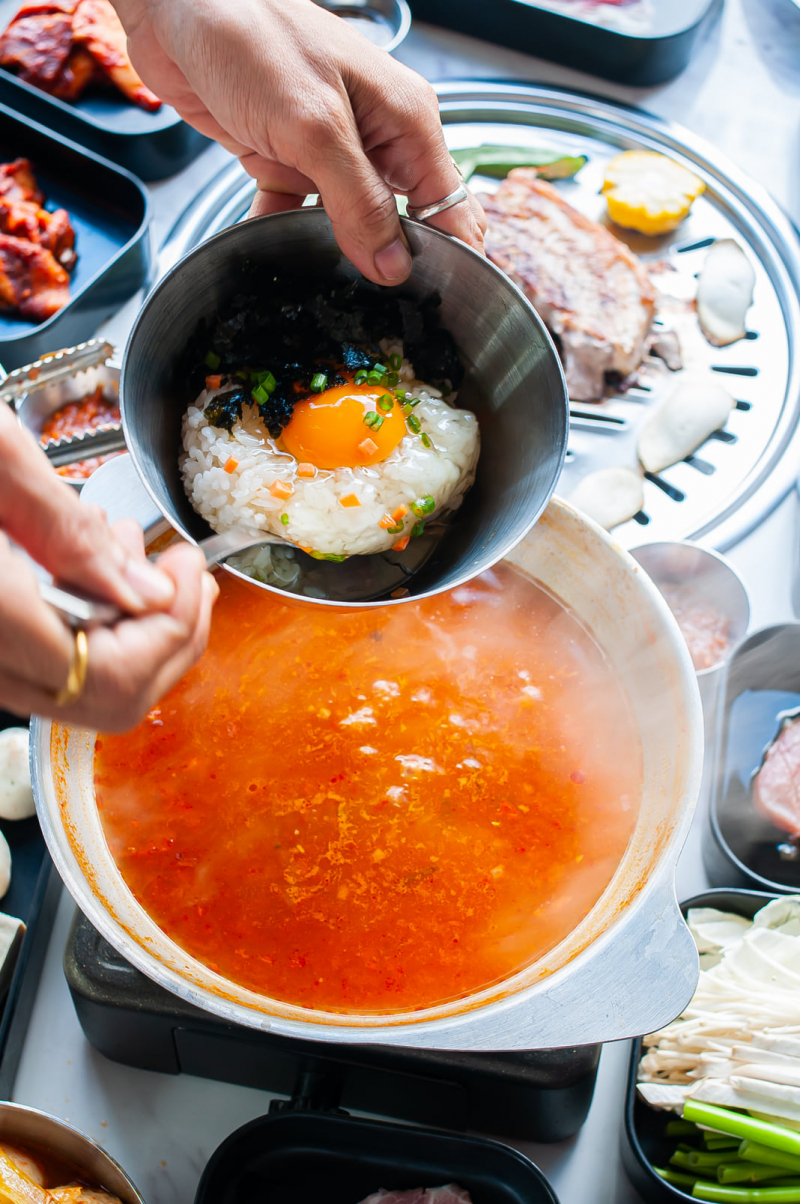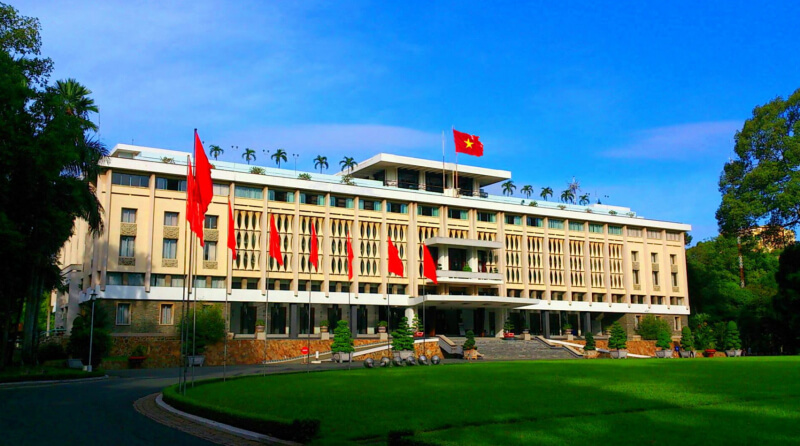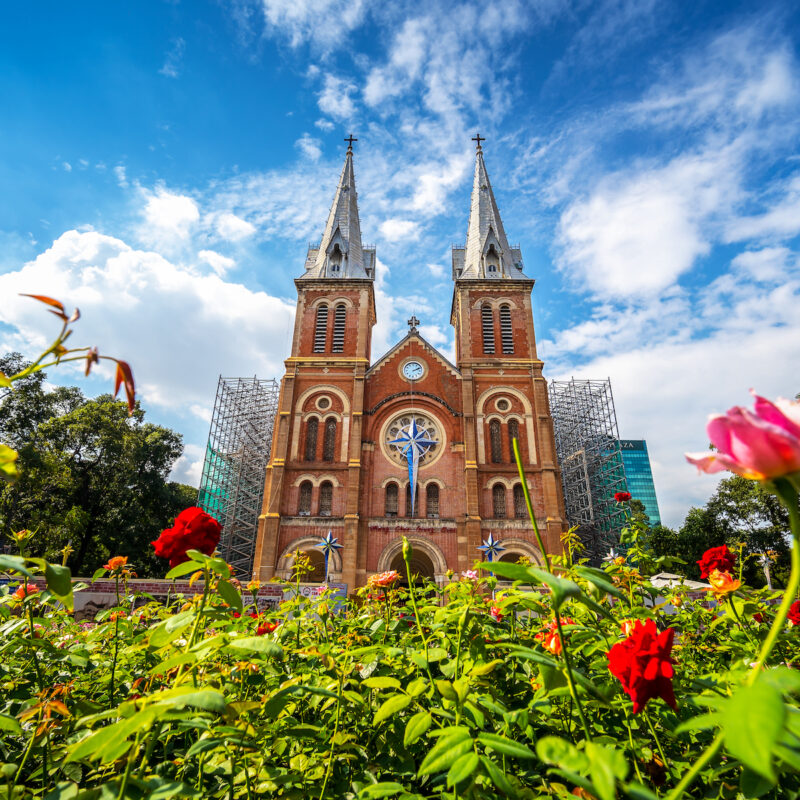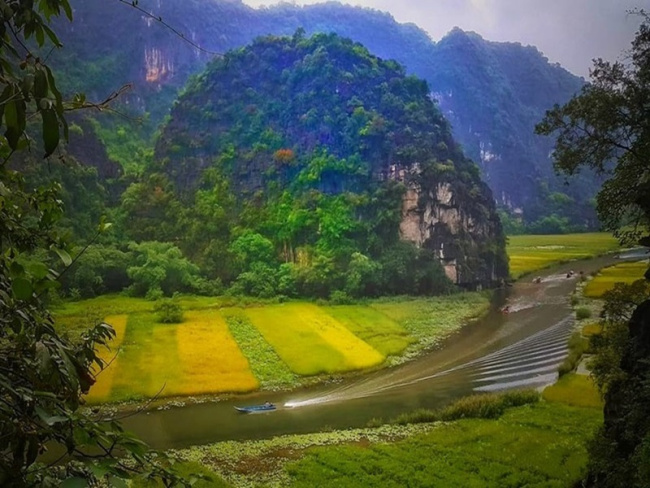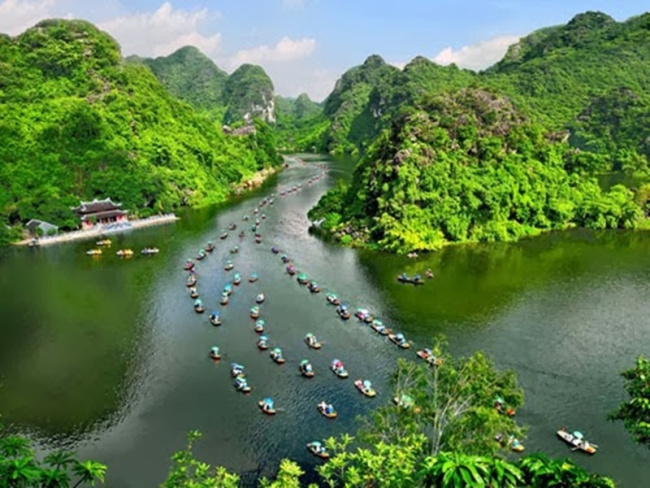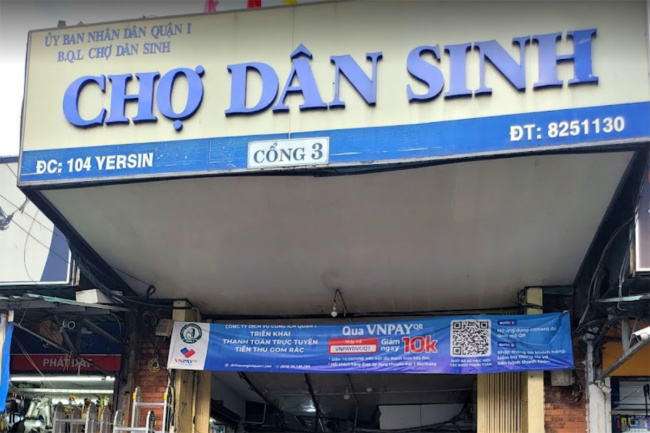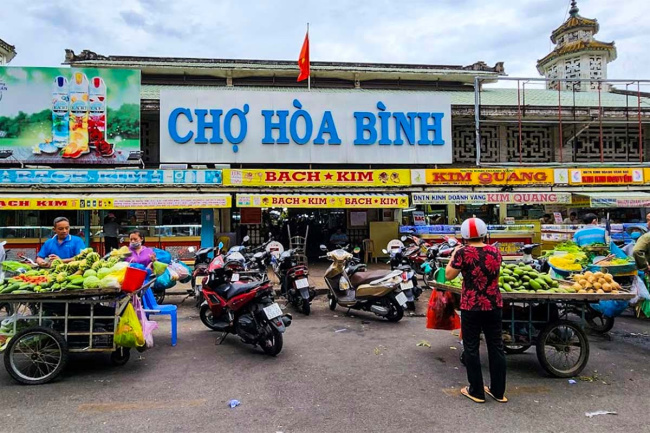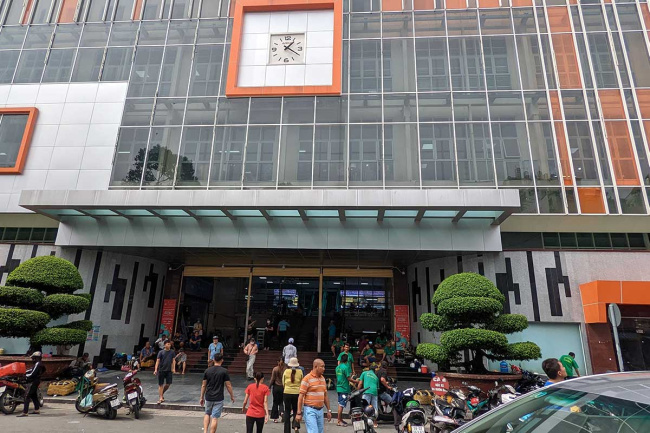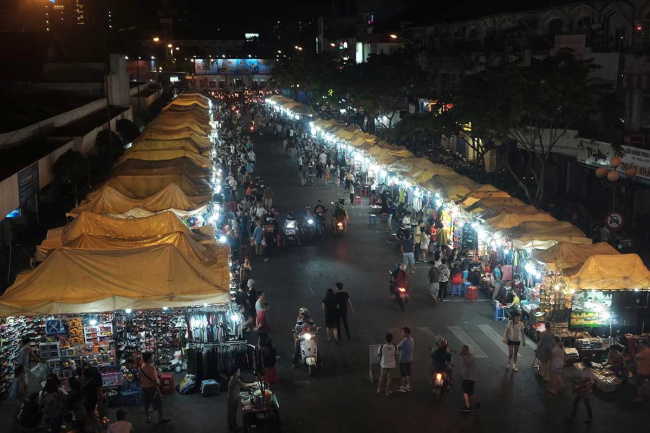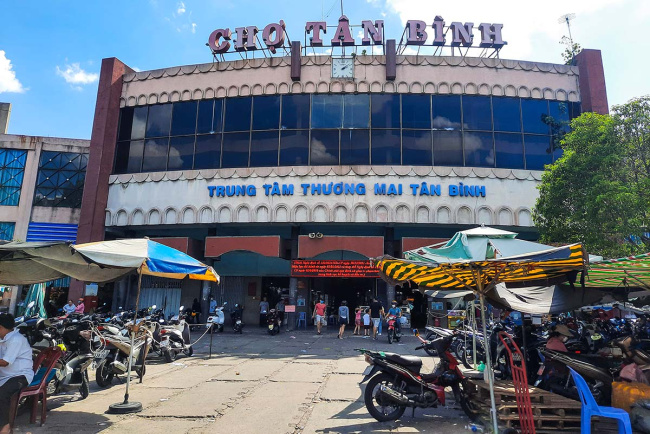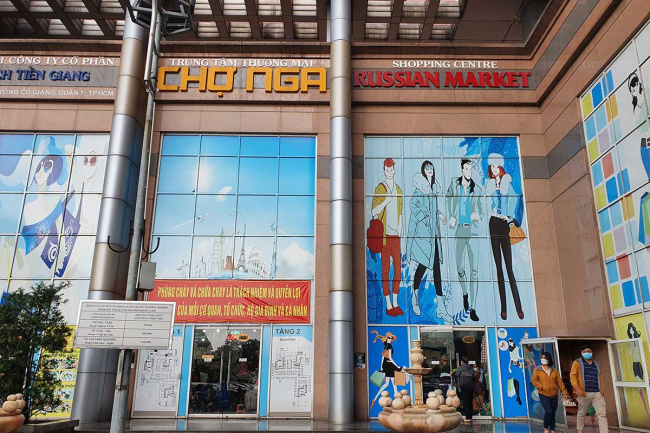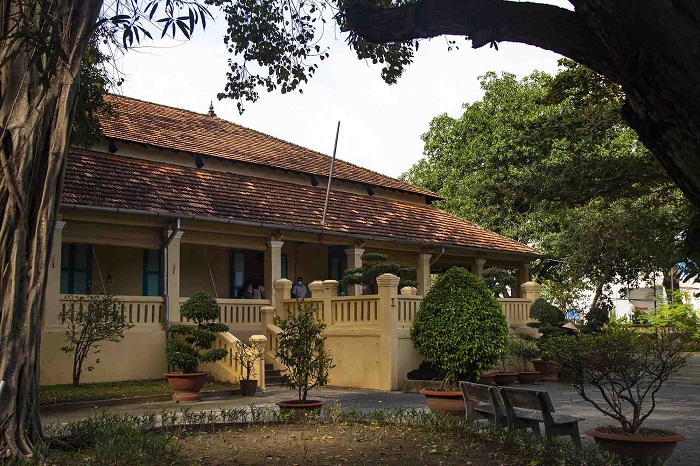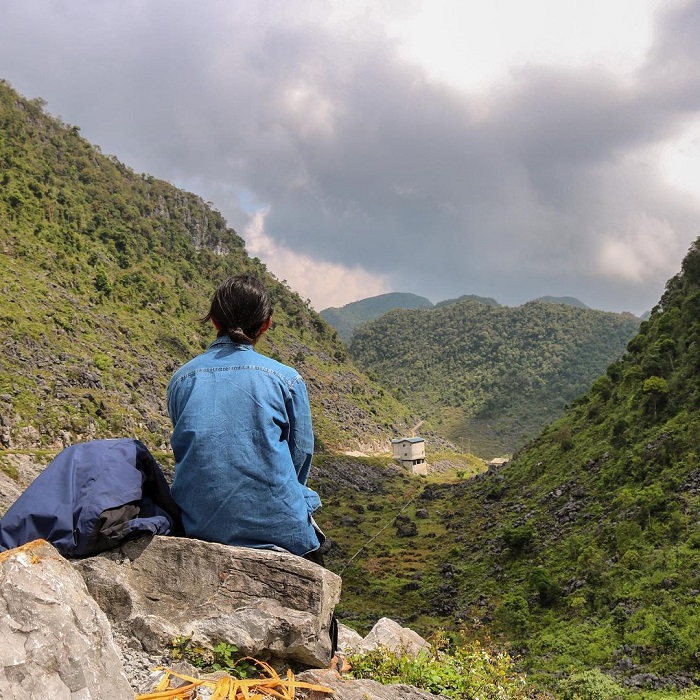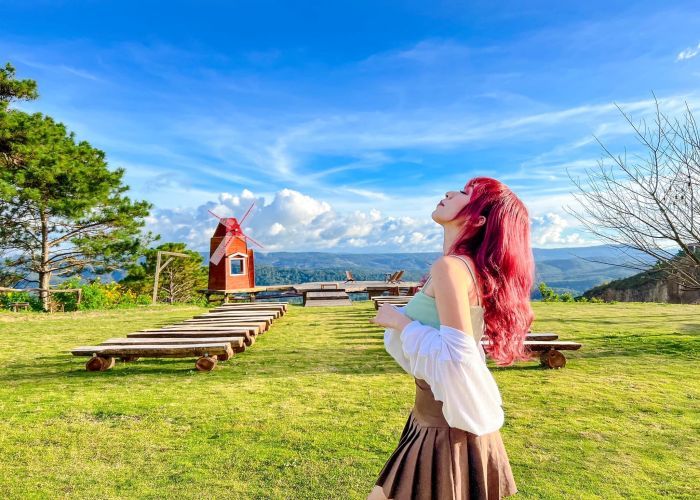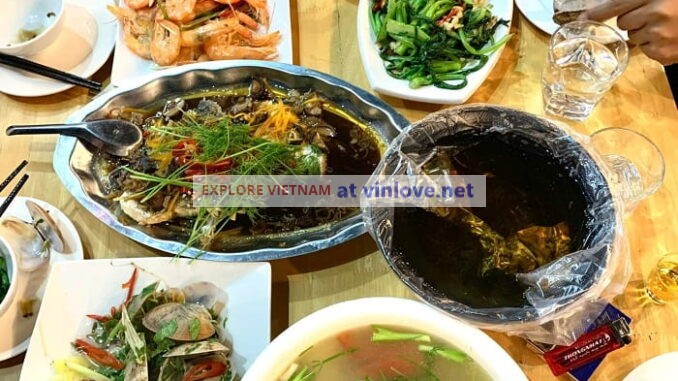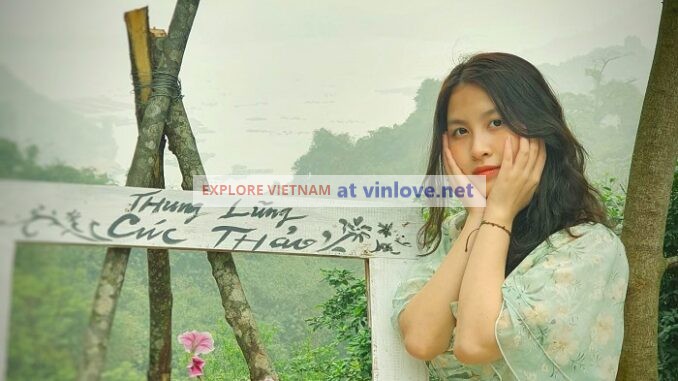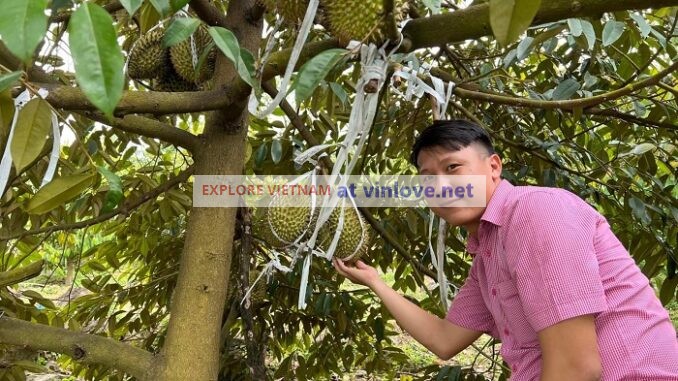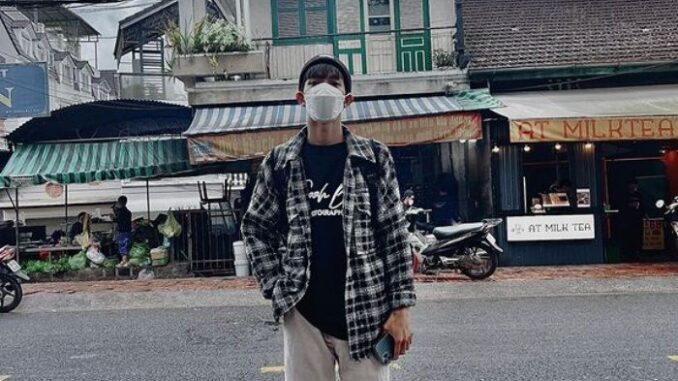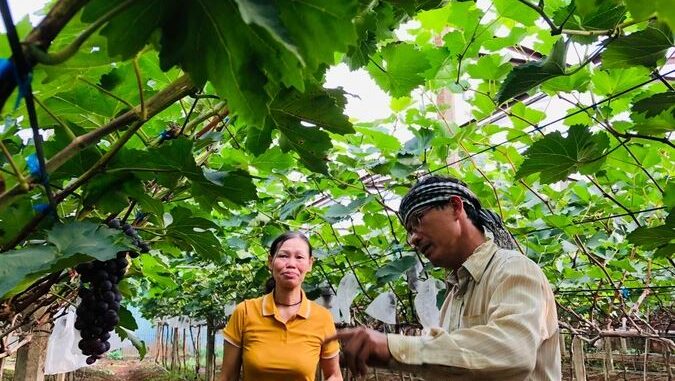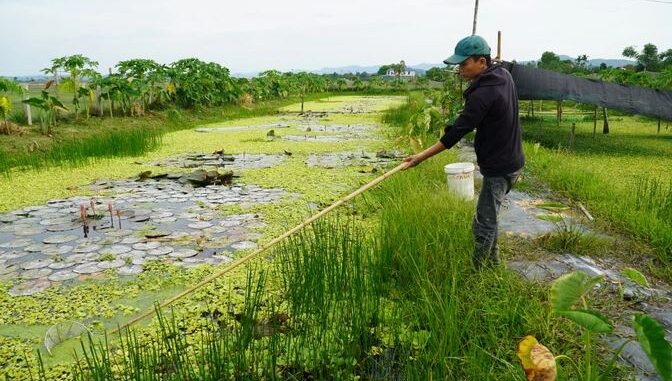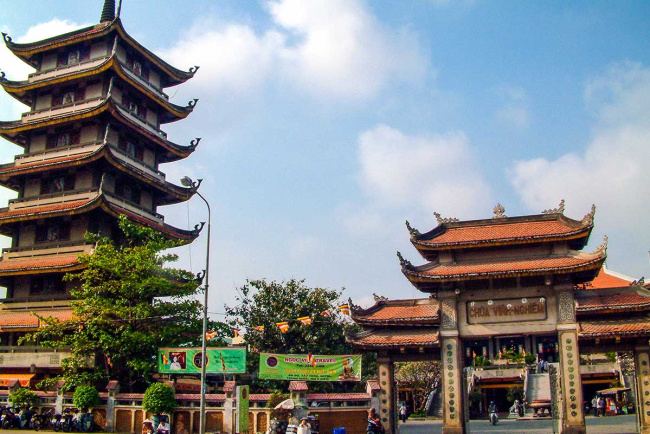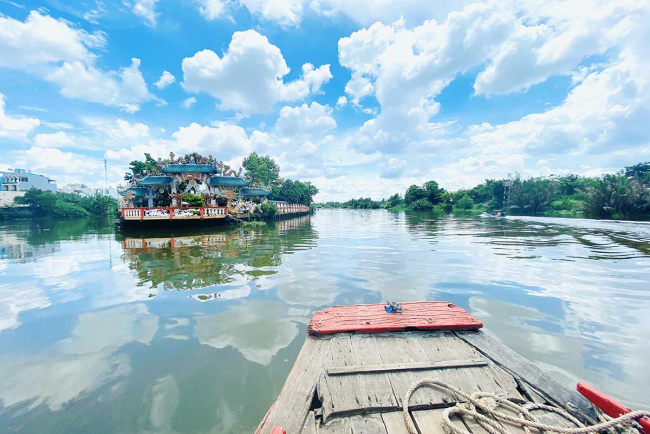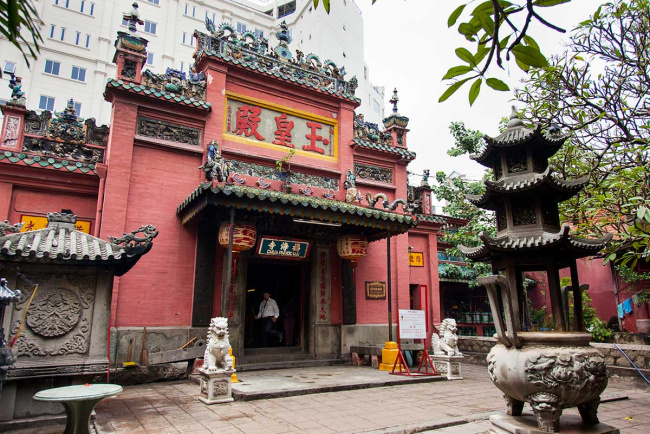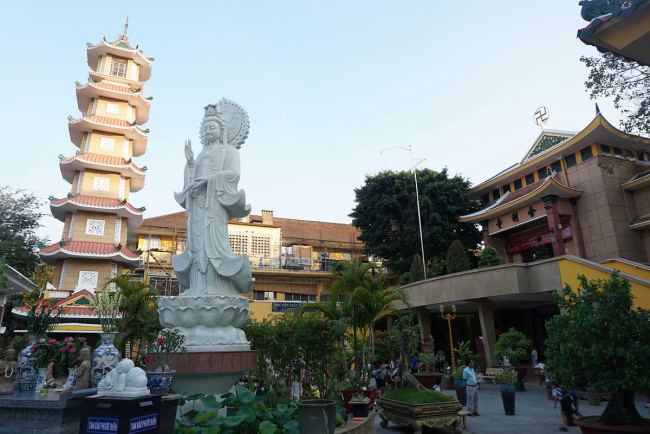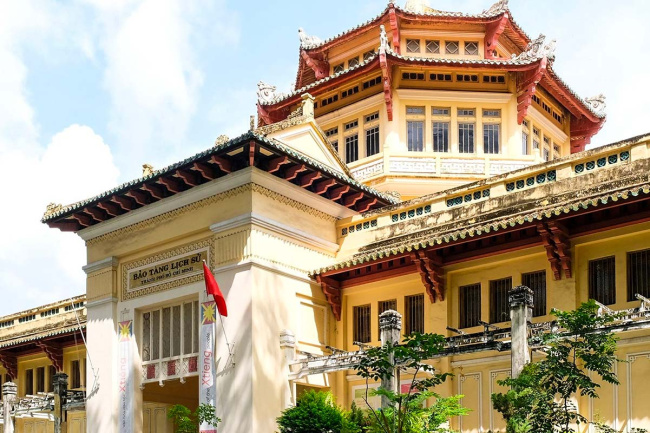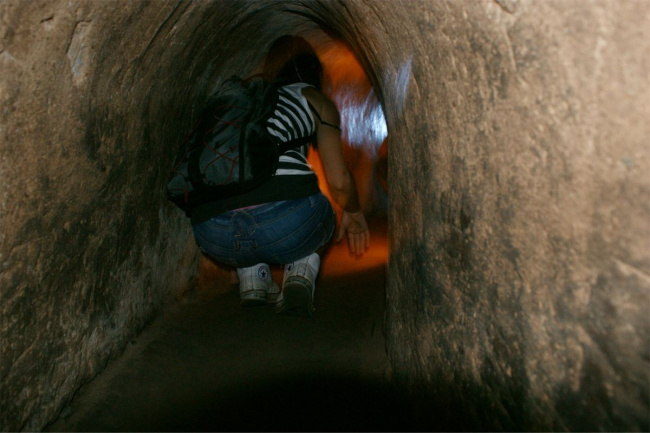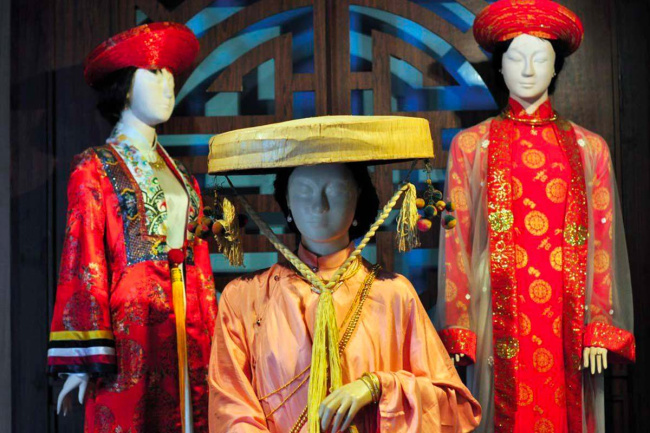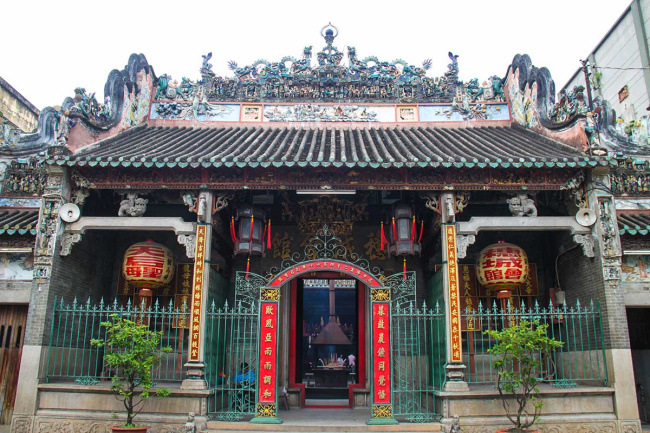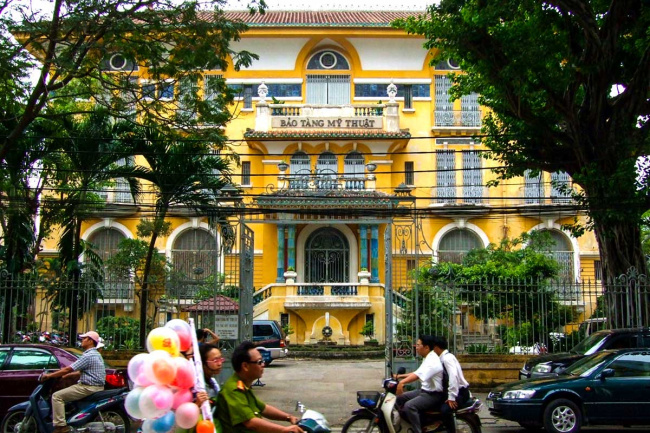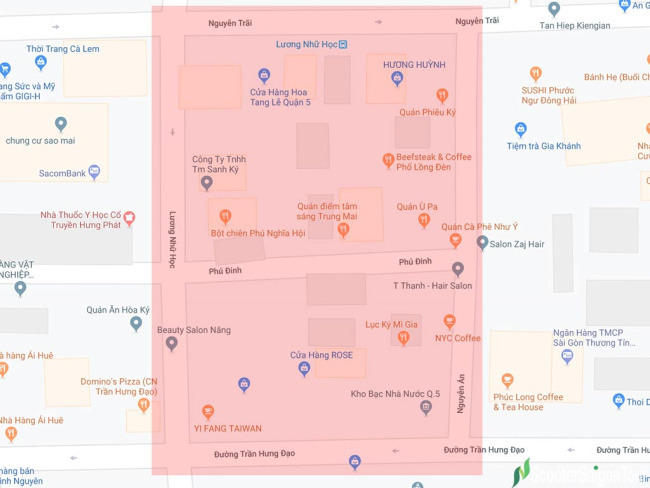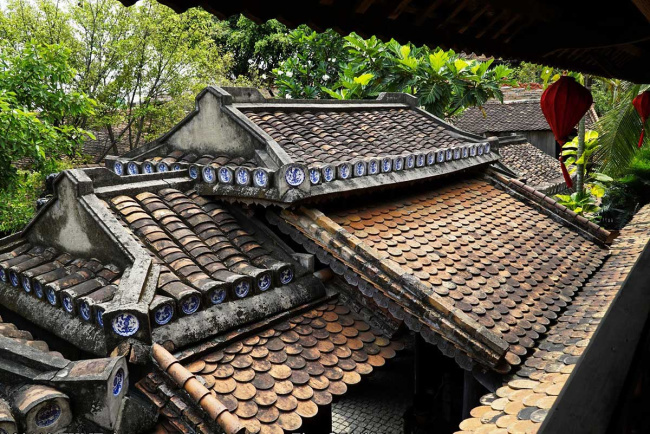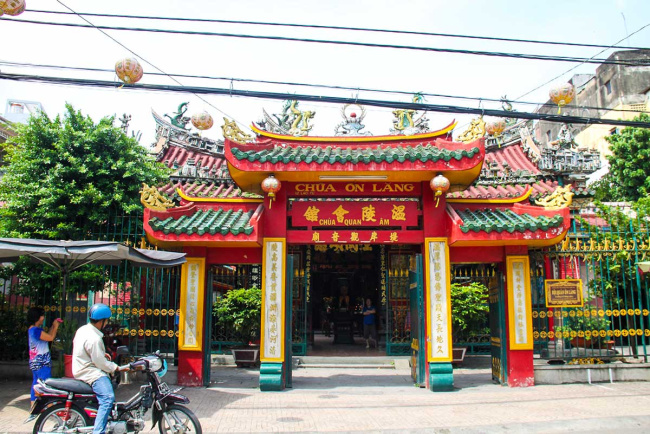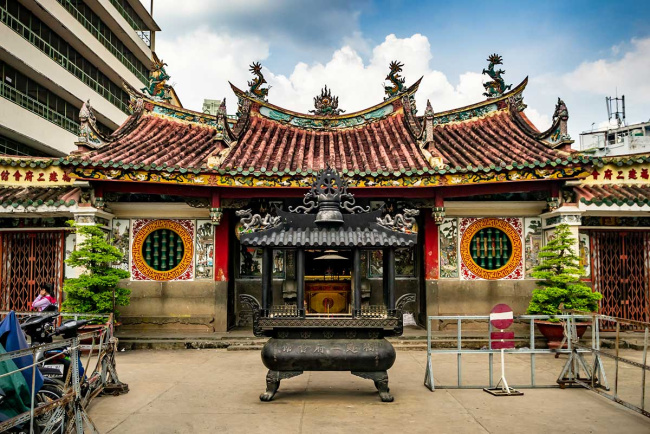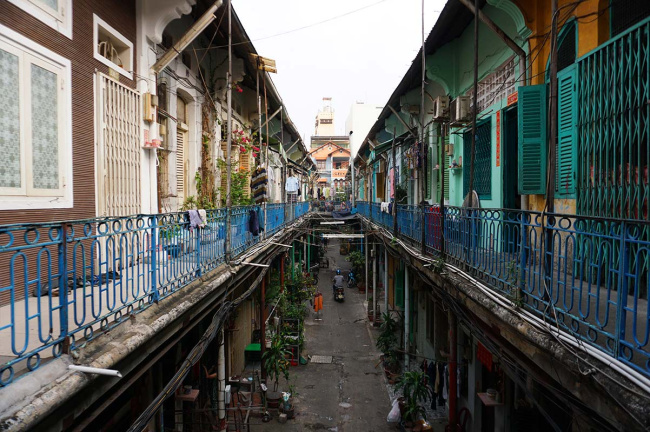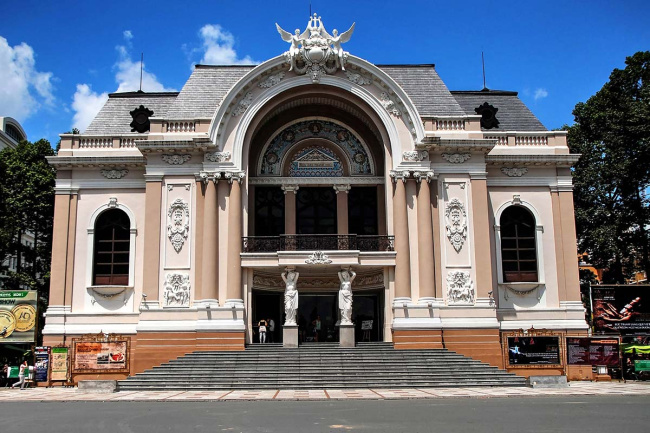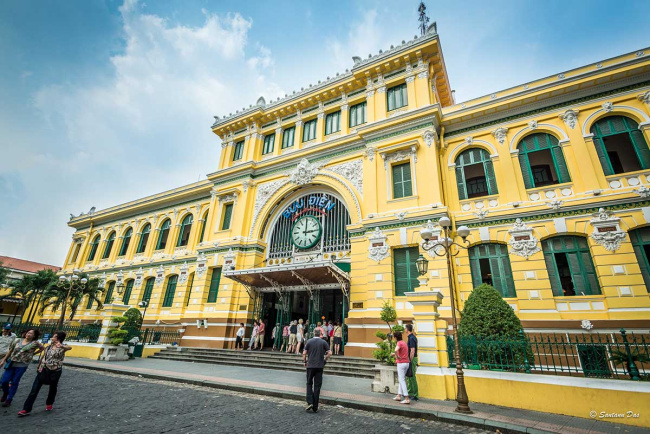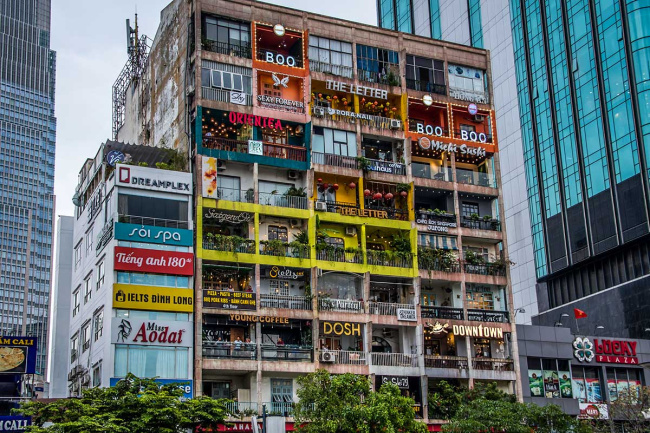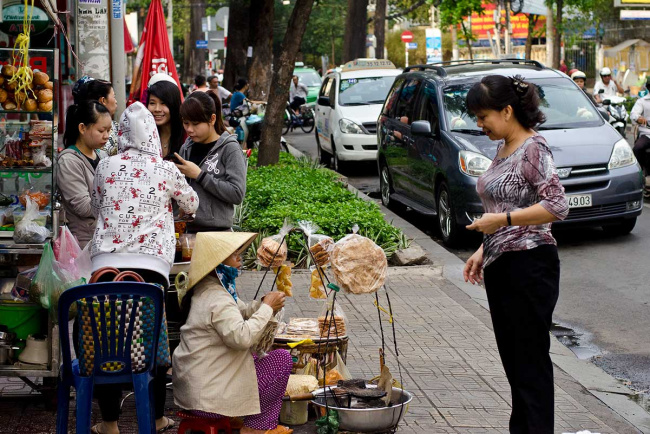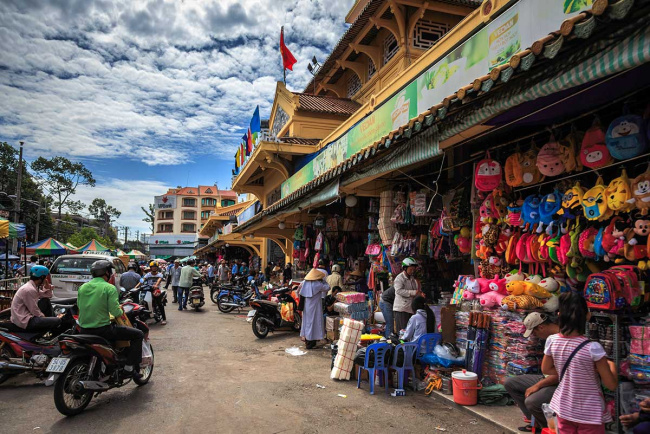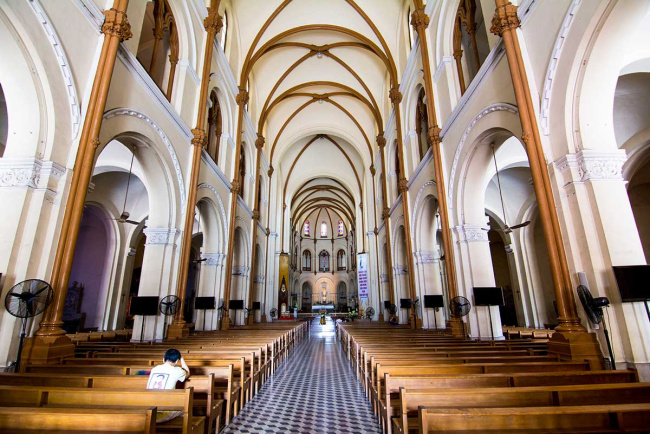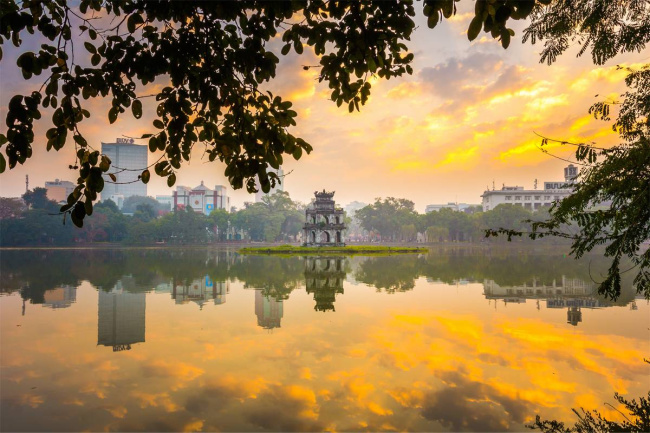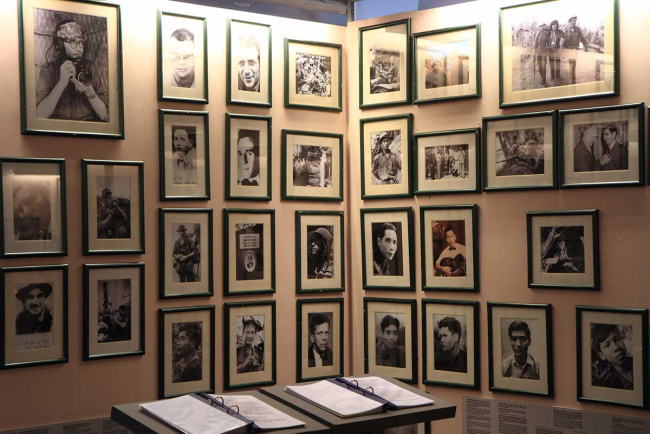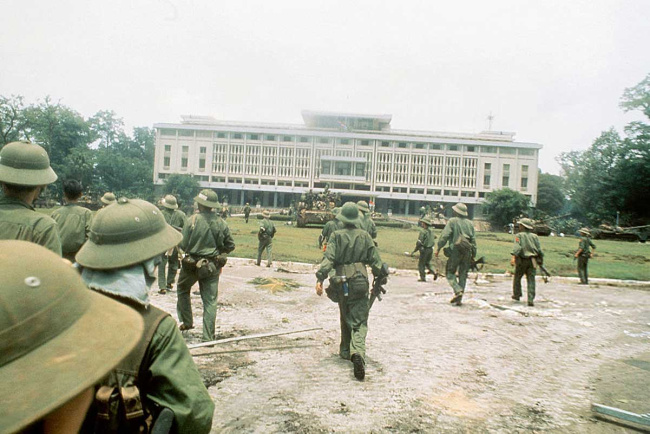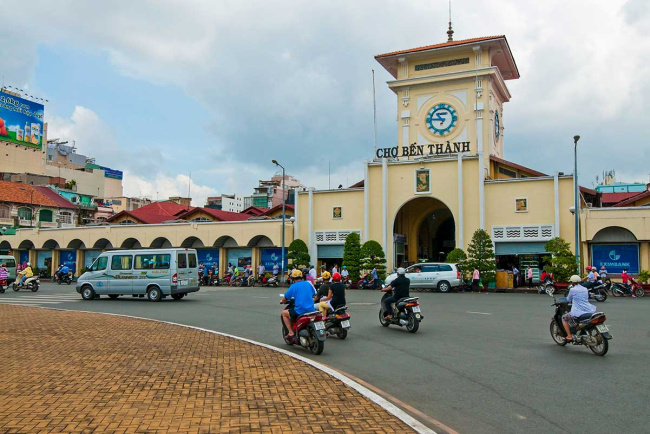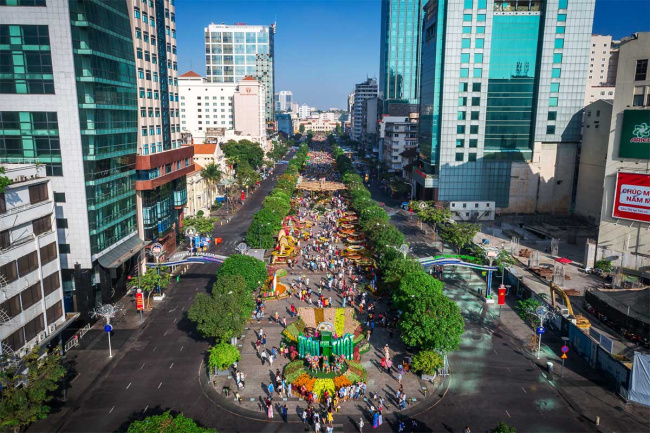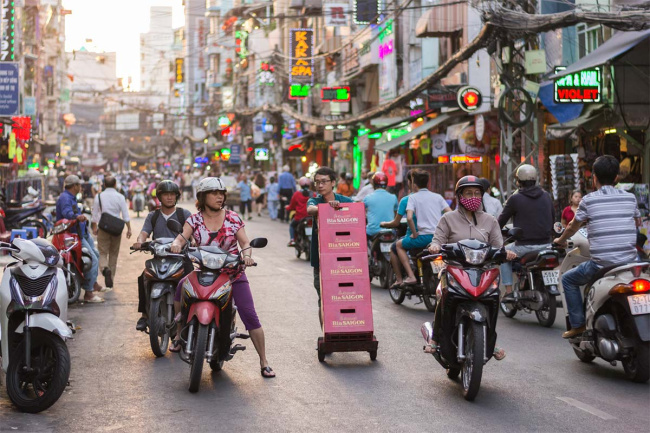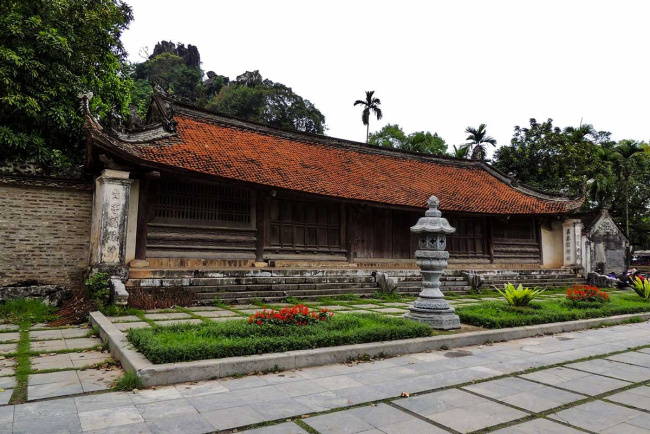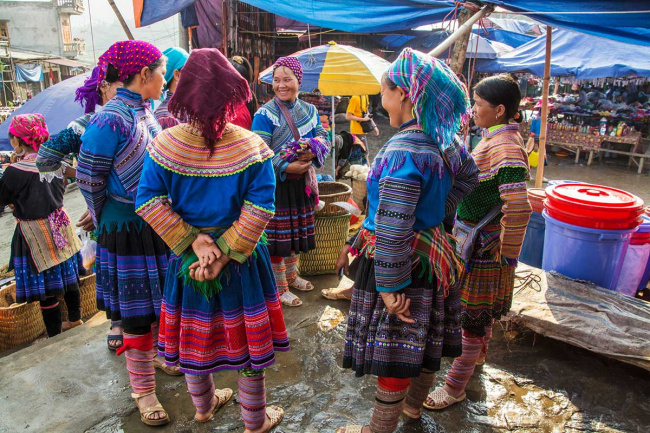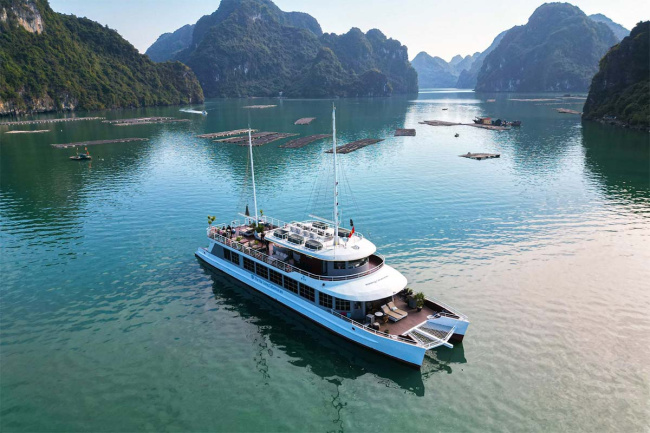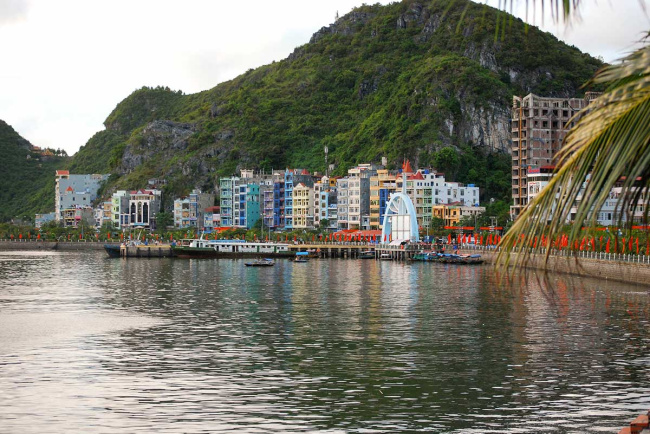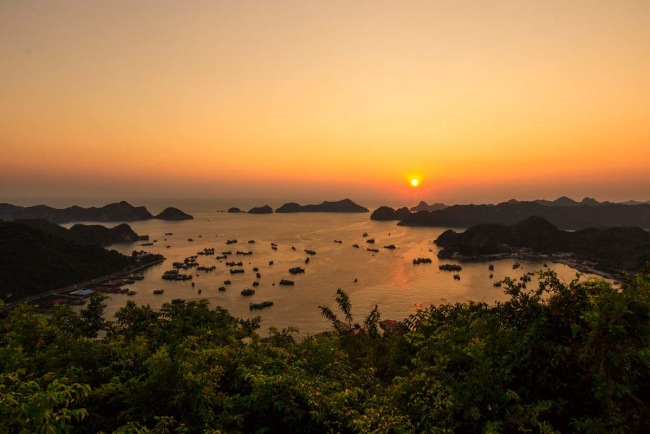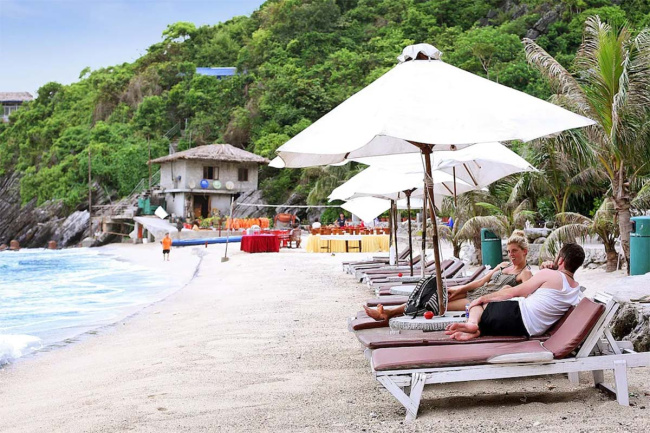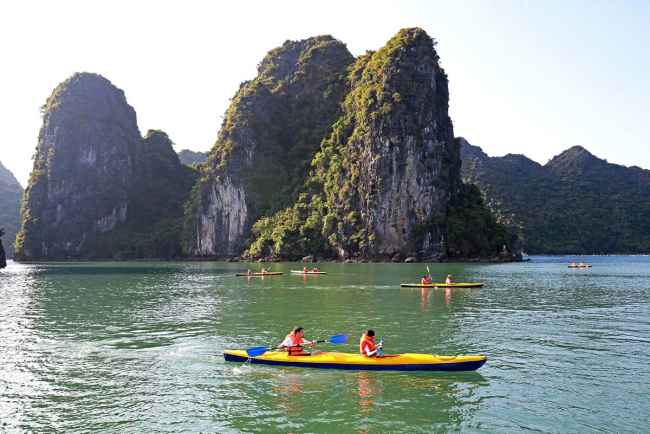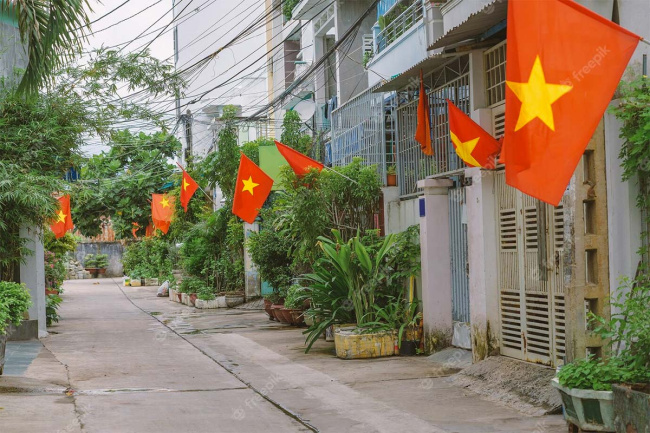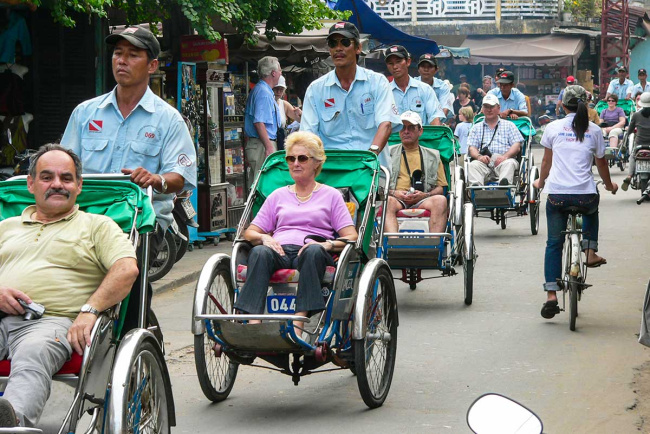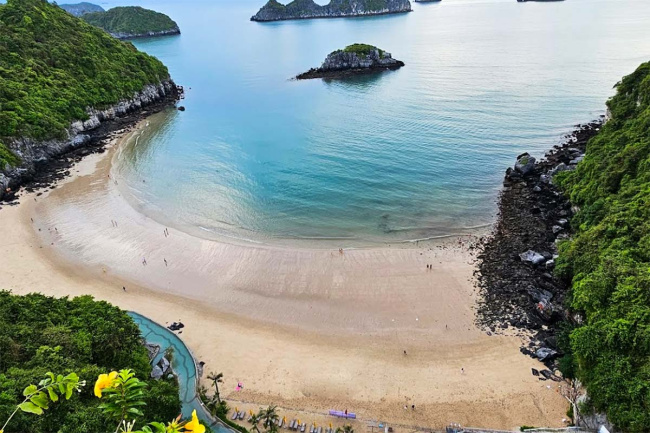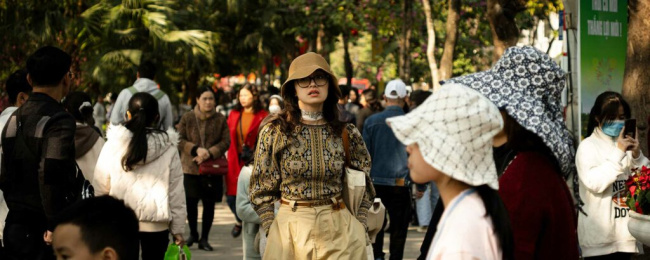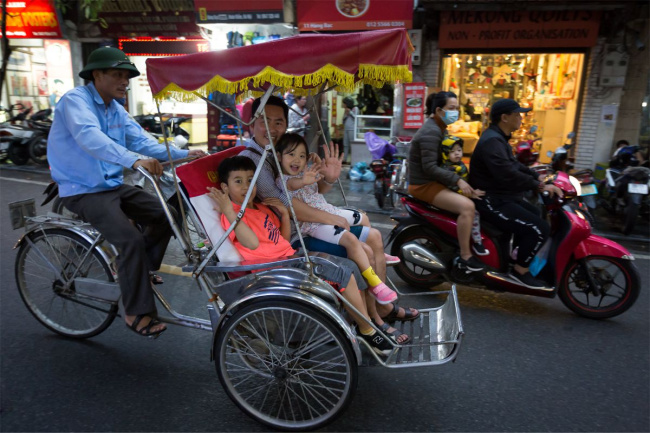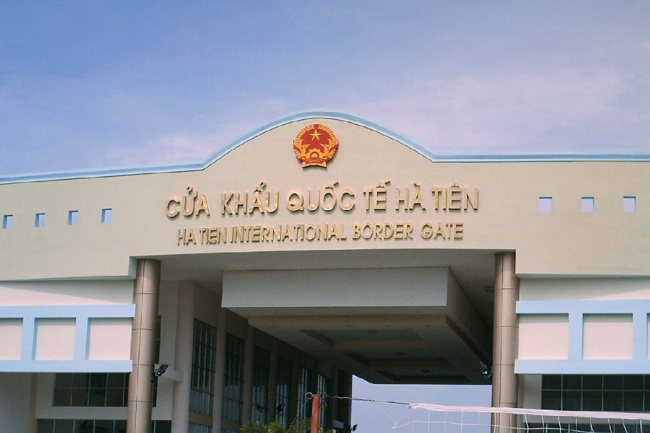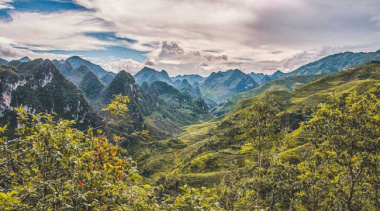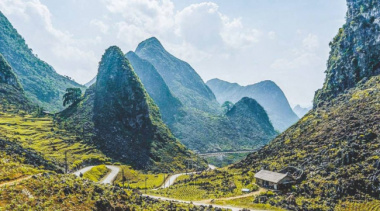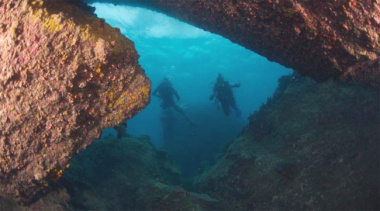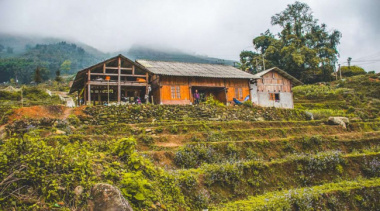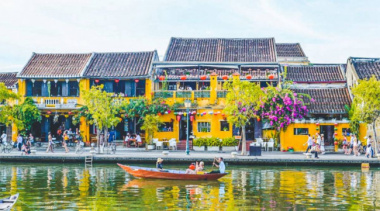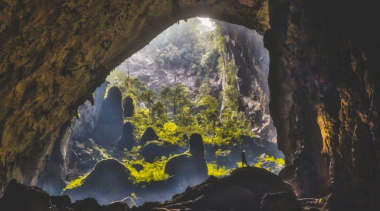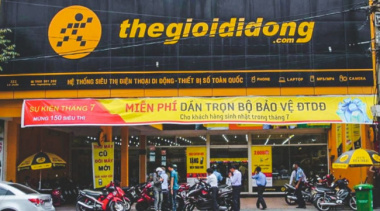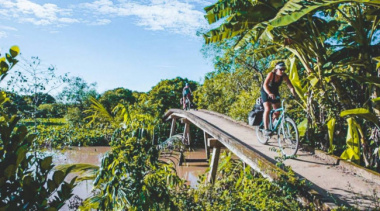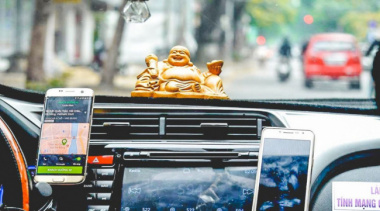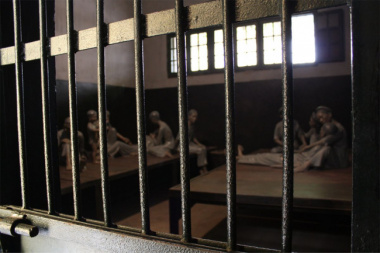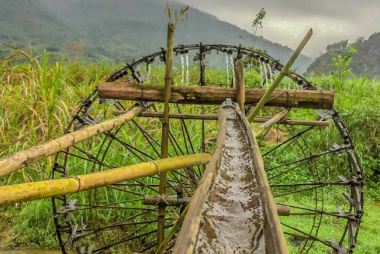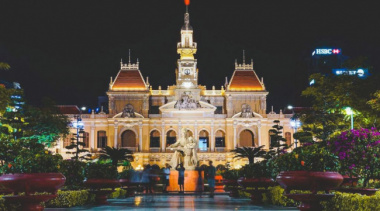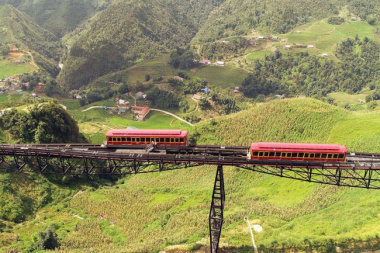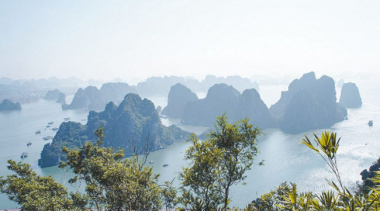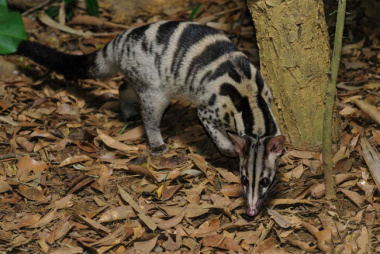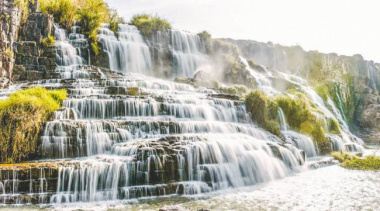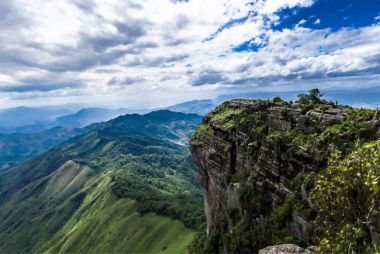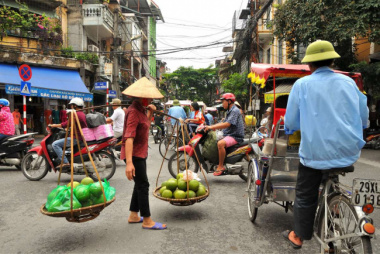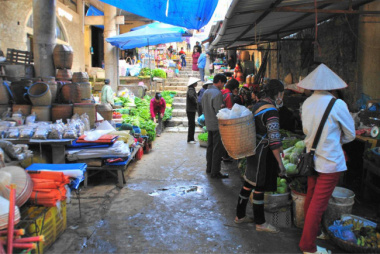Jade Emperor Pagoda – A local guide to this temple
- Location & opening times
- How to get there
- Rules & visiting tips
- History & legends
- Jade Emperor Pagoda in more recent times
- Highlights & architecture of Jade Emperor Pagoda
- Main Hall
- Altar rooms
- Ten Courts of Hell
- Ancestor Hall
- Garden and Courtyards
Jade Emperor Pagoda, one of the most renowned temples in Ho Chi Minh City, has stood for over a century as a vibrant hub of religious activity. It got more famous when the President of USA, Barack Obama, visited this pagoda in 2016. It is located in the heart of the city and when you step inside, you can witness a bustling atmosphere as people gather to offer prayers and seek blessings in this active and cherished place of worship.
Location & opening times
- Address: Jade Emperor Pagoda is located in District 1, on Mai Thi Luu Street, Ward 8, Ho Chi Minh City, Vietnam.
- Opening times: The pagoda is open daily from early morning until late evening, typically from around 8:00 AM to 6:00 PM.
- Entrance fee: There is no official entrance fee to visit Jade Emperor Pagoda. However, visitors are welcome to make a donation to support the maintenance and upkeep of the temple.
How to get there
Jade Emperor Pagoda is situated on the edge of District 1, a bit further away from other major sights in the city. Walking may not be a convenient option.
The most convenient way to reach the pagoda is by taking a taxi. From Ben Thanh Market, which is a popular landmark in District 1, the distance to Jade Emperor Pagoda is approximately 3.5 km. The taxi ride usually takes around 10 to 15 minutes, depending on traffic conditions.
The taxi fare can vary depending on your exact location in District 1, but on average you can expect to pay around 50,000 VND to 80,000 VND for the taxi ride.
Rules & visiting tips
- Dress code: As Jade Emperor Pagoda is an active temple, it is important to dress respectfully. Make sure to have your knees and shoulders covered when visiting.
- Visiting time: Due to the high number of tourists visiting the pagoda daily, it is recommended to visit early in the morning to avoid crowds and enjoy the peaceful and quiet atmosphere.
- Photos: Taking photos inside the pagoda is generally allowed, but it is courteous to refrain from using flash and to seek permission before photographing monks or people engaged in prayer.
- More stunning temples: If you are interested in exploring more of these beautiful religious sites, you can refer to our list of the best temples in Ho Chi Minh City for additional recommendations.
History & legends
Jade Emperor Pagoda, also known as Phuoc Hai Temple, holds a rich history and is steeped in captivating legends. The pagoda was constructed in the early 20th century by the Cantonese community in Ho Chi Minh City. It is dedicated to the Jade Emperor, the supreme deity in Taoism and one of the most revered figures in Chinese mythology.
According to legends, the Jade Emperor Pagoda was initially a thatched hut where villagers gathered to worship and seek protection from evil spirits. Over time, as the community grew, they decided to build a proper temple to honor the Jade Emperor. The construction of the pagoda was completed in 1909, and it has since become a significant religious and cultural symbol for the Chinese-Vietnamese community.
One of the most popular legends associated with the Jade Emperor Pagoda is the tale of the twelve animals of the Chinese zodiac. It is believed that the Jade Emperor held a great race to determine the order of the zodiac signs. Each animal had to cross a treacherous river, and the order in which they finished would determine their position in the zodiac cycle. The race became a fascinating folklore, and you can see the statues of the twelve animals, such as the Rat, Ox, Tiger, Dragon, and others, within the pagoda.
Jade Emperor Pagoda in more recent times
In 1982, the renowned Buddhist monk Thich Vinh Khuong assumed leadership of the pagoda, bringing it under the auspices of the Vietnam Buddhist Association. Despite being officially renamed Phuoc Hai Tu in 1984, it is still commonly referred to as the Jade Emperor Pagoda due to its central chamber dedicated to the worship of the Jade Emperor in accordance with Chinese religious beliefs.
Over the years, the pagoda has undergone multiple restoration efforts, with significant renovations taking place in 1943, 1958, 1985, and 1986. These restoration projects have helped preserve and maintain the pagoda’s architectural and artistic integrity.
In recognition of its historical and cultural significance, the Jade Emperor Pagoda was designated as an Artistic and Architecture site of national significance in 1994.
In 2016, the Jade Emperor Pagoda received a special honor when it welcomed a visit from the President of the United States, Barack Obama.
Highlights & architecture of Jade Emperor Pagoda
The architecture of the Jade Emperor Pagoda is a blend of Chinese and Vietnamese influences. Traditional temple architecture, characterized by curved roofs, intricate carvings, and vibrant colors, is evident throughout the complex.
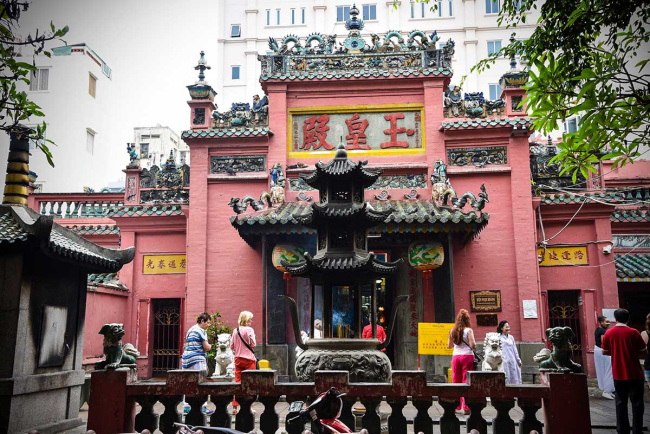

The pagoda is divided into various areas and rooms, each offering unique features and significant elements.
Main Hall
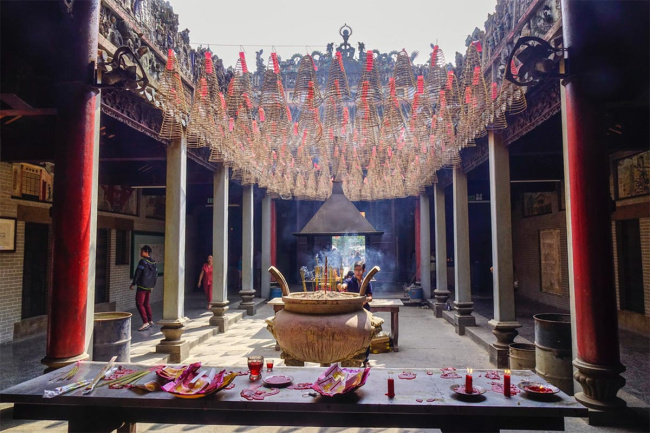
The central chamber of the pagoda is the most prominent area. It is dedicated to the worship of the Jade Emperor, an important deity in Chinese mythology. Inside, a large statue of the Jade Emperor sits on an elaborate throne, surrounded by other gods and mythical creatures.
Altar rooms
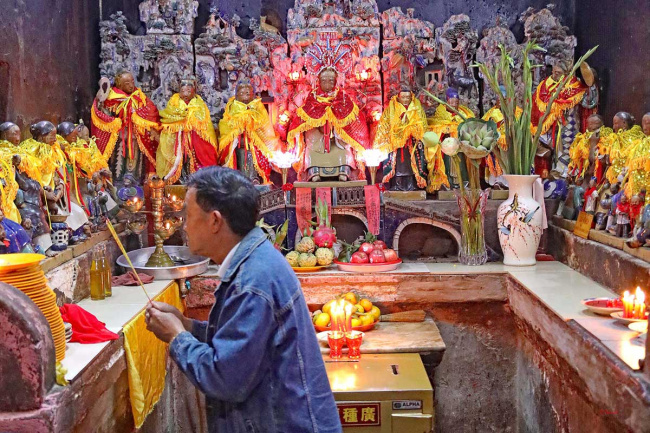
The pagoda houses several altars dedicated to various gods and spirits. Each altar is decorated with ornate decorations, including statues, candles, and offerings. You can witness locals and devotees offering prayers and making offerings at these altars.
Ten Courts of Hell

One of the unique and intriguing features of the Jade Emperor Pagoda is the Ten Courts of Hell area. It depicts scenes from Chinese Buddhist mythology that portray the punishment and retribution for different sins committed in life. The vivid and sometimes graphic sculptures and artwork in this section serve as a reminder of the consequences of one’s actions.
Ancestor Hall

The pagoda also includes an Ancestor Hall, where locals can pay respects to their ancestors and seek blessings for their family. The hall is decorated with ancestral tablets, incense burners, and traditional decorations.
Garden and Courtyards
Outside the main temple building, the pagoda features peaceful courtyards and well-maintained gardens. The gardens are often decorated with beautiful flowers, plants, and ornamental structures and offer a calm place in the middle of the bustling city
Đăng bởi: Thái Nguyễn Quốc


